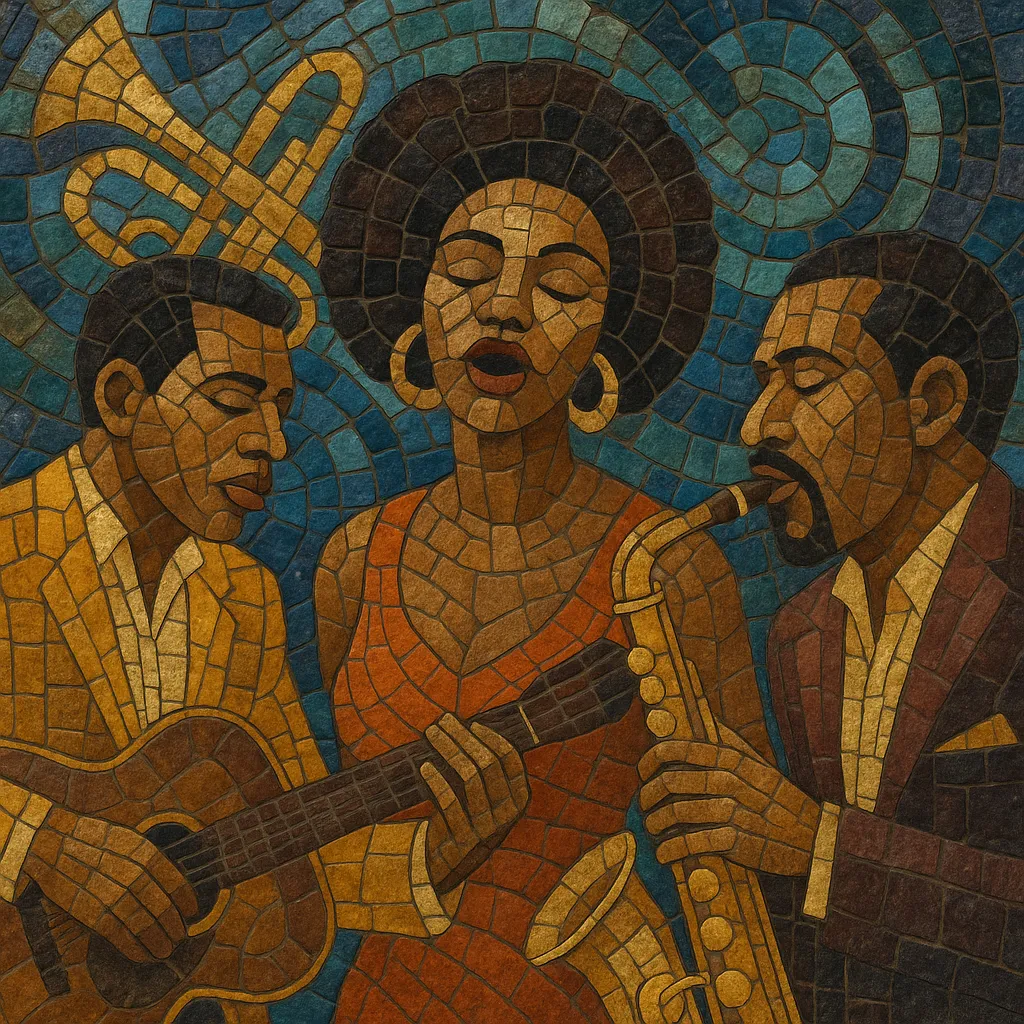
Philly soul (Philadelphia soul) is a lush, orchestrated strain of soul music defined by sweeping strings, punchy horns, tight rhythm sections, and silky vocal harmonies. It balances gospel-rooted emotion with pop polish and sophisticated arrangements, often featuring extended chords, modulations, and memorable hooks.
Built around the production vision of Kenny Gamble, Leon Huff, and Thom Bell, the "Sound of Philadelphia" married socially conscious and romantic songwriting with studio precision at Sigma Sound Studios. The groove-forward rhythm sections, Latin-tinged percussion, and melodic basslines helped lay the groundwork for disco while retaining the warmth and humanity of classic soul.
Philadelphia’s soul scene coalesced around producers/songwriters Kenny Gamble and Leon Huff and engineer Joe Tarsia’s Sigma Sound Studios (opened 1968). Thom Bell’s arranging genius added classical-influenced strings and brass to gospel-rooted soul forms. Early landmarks included The Delfonics and The Intruders, who previewed the city’s signature blend of sleek orchestration and heartfelt vocals.
With the launch of Philadelphia International Records (PIR) in 1971, the "Sound of Philadelphia" surged onto global charts. House band MFSB (Mother Father Sister Brother) and arrangers like Bobby Martin, Norman Harris, and Vince Montana Jr. powered a run of hits: The O’Jays, Harold Melvin & the Blue Notes (introducing Teddy Pendergrass), Billy Paul, The Three Degrees, Lou Rawls, and The Stylistics (with Bell) defined the style. MFSB’s "TSOP (The Sound of Philadelphia)" became an anthem, while drummer Earl Young’s four‑on‑the‑floor feel and open hi-hat presaged disco’s rhythm language.
As disco ascended, Philly soul’s strings, vamps, and danceable grooves flowed directly into the new style, influencing post-disco, boogie, and smooth/quiet-storm radio formats. The musical DNA—extended harmony, orchestration, and gospel-inflected vocals—resurfaced in neo soul and sophisticated pop-soul aesthetics. The "Philadelphia sound" remains a touchstone for producers seeking emotional depth with polished arrangements, and for artists balancing social commentary with romantic themes.

